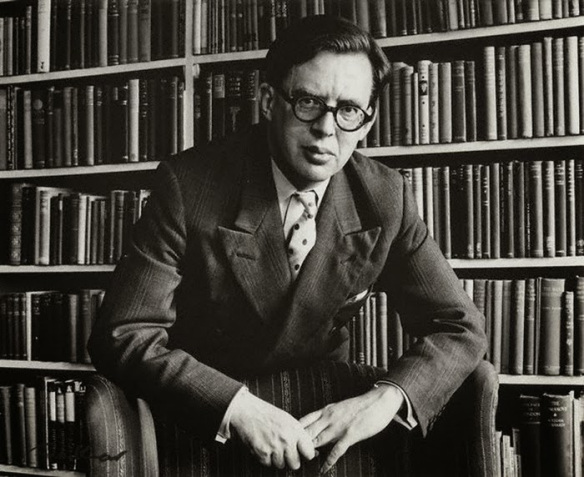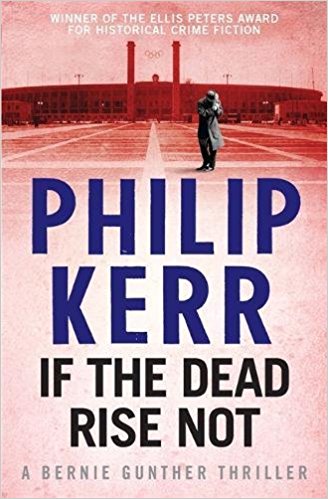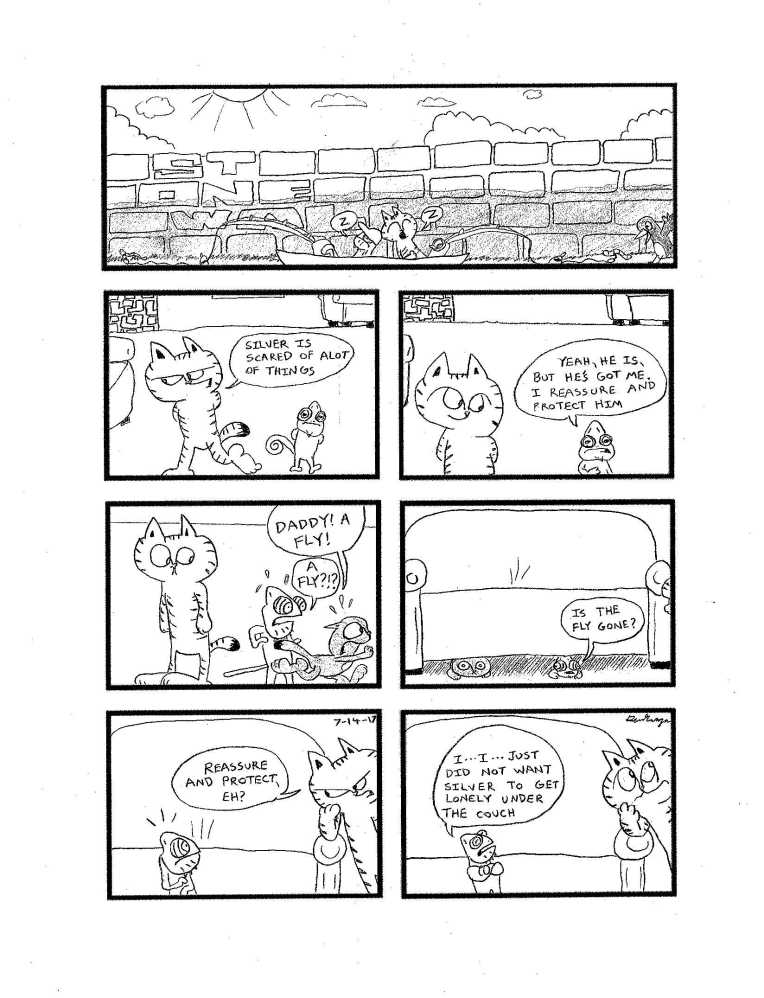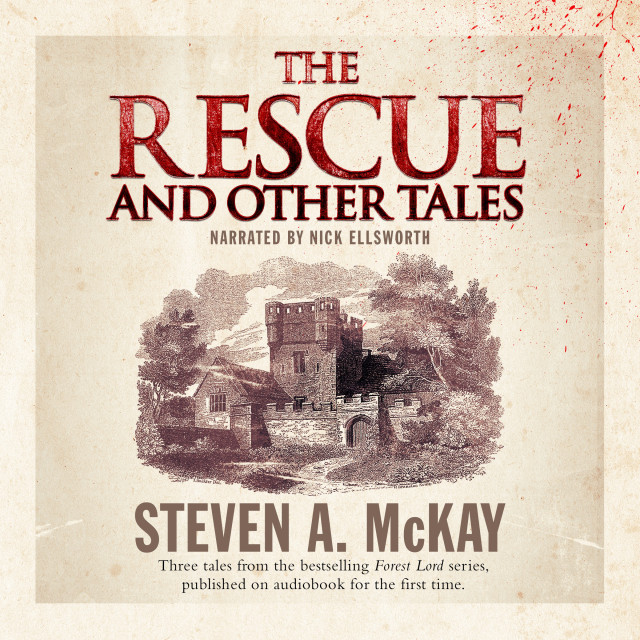Download links for: An Anatomy of Addiction: Sigmund Freud, William Halsted, and the Miracle Drug Cocaine


Reviews (see all)
Write review
Enjoyed it, but it seemed to get less rigorously historical and more anecdotal as the book went on.
very informative history of Cocaine
Fascinating and well written.
362.29809 M3452 2011
Other books by Memoir & Autobiography
Other books by Howard Markel
Related articles












